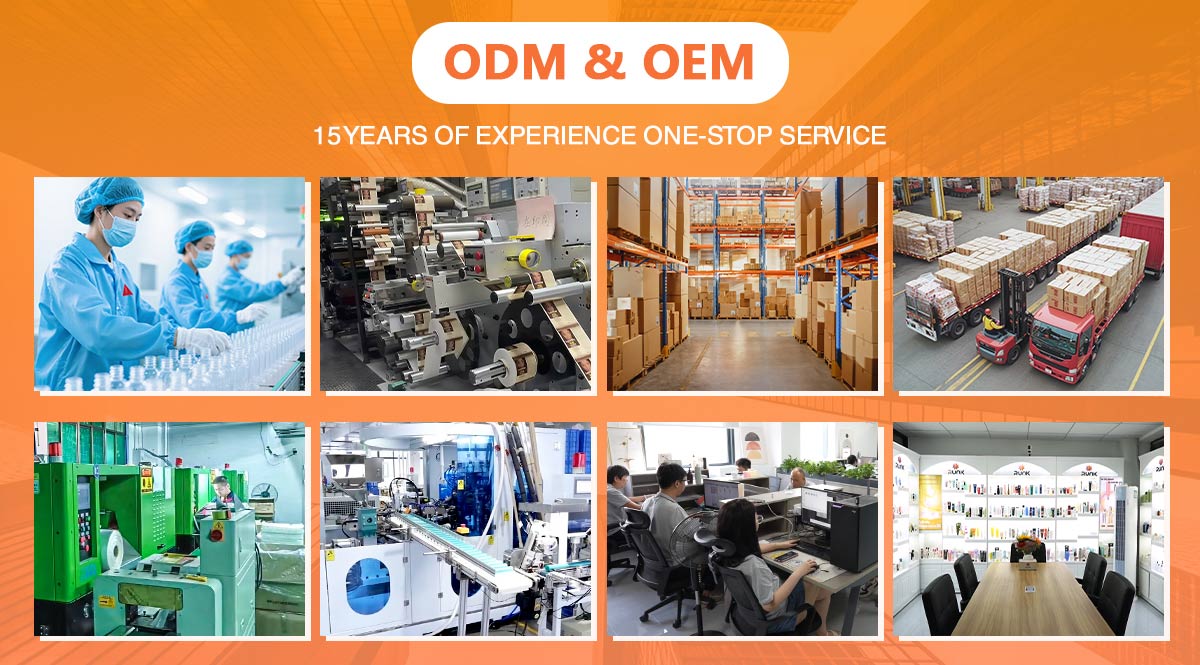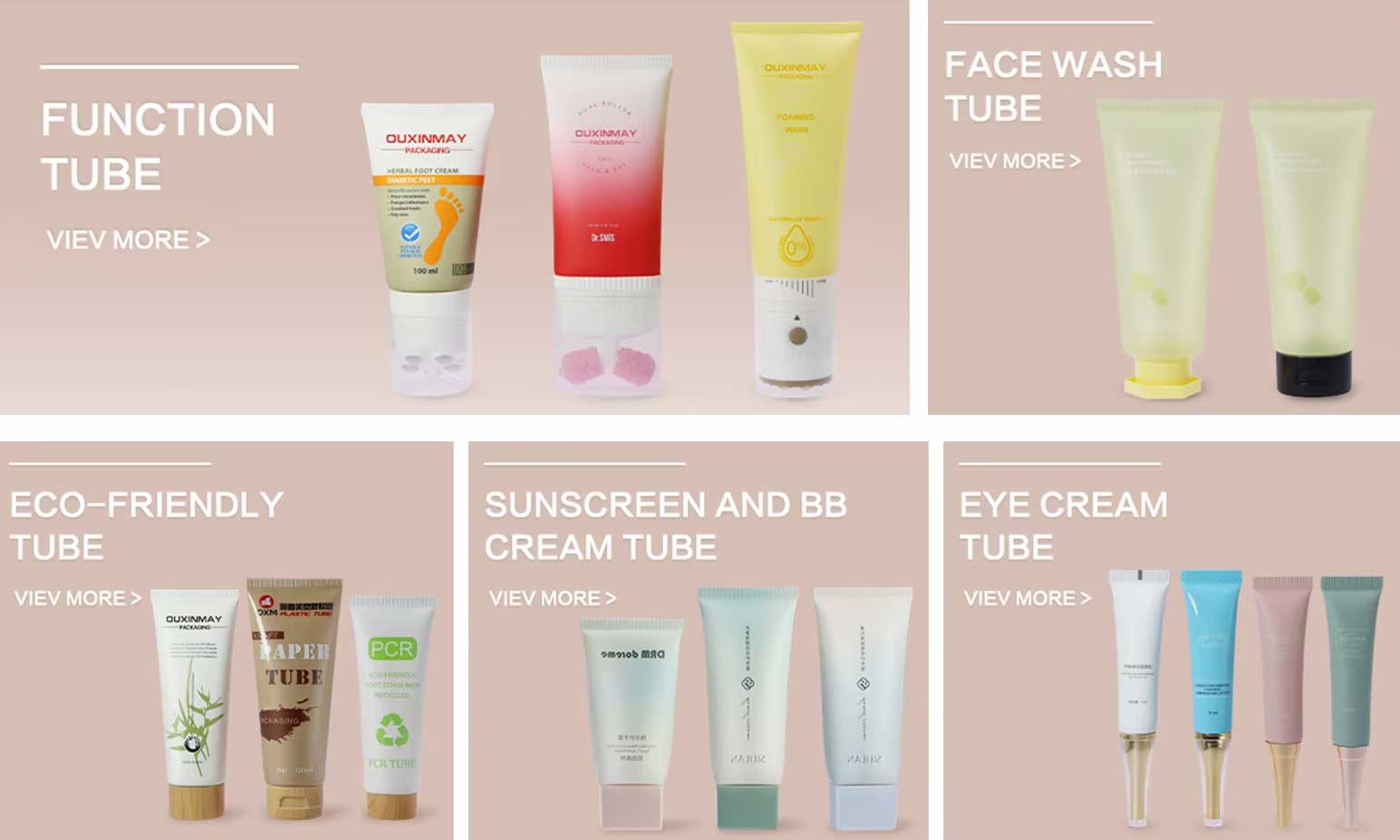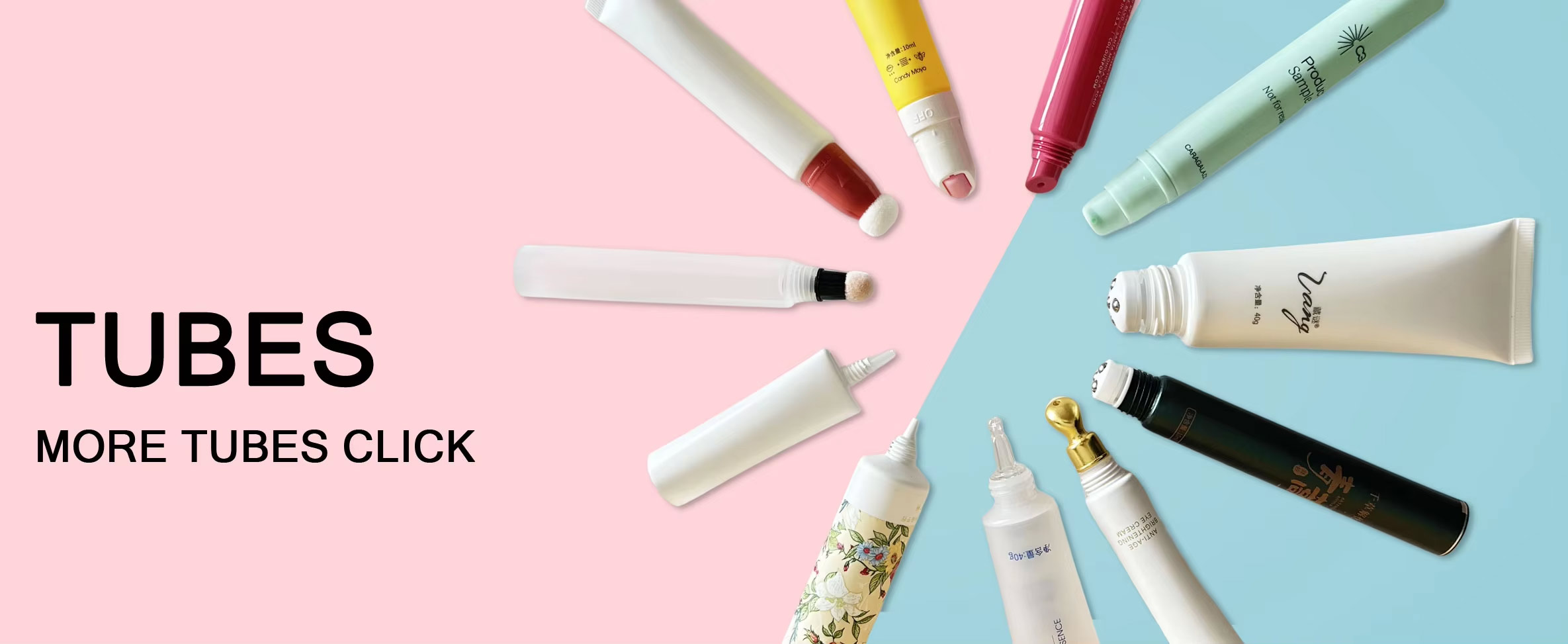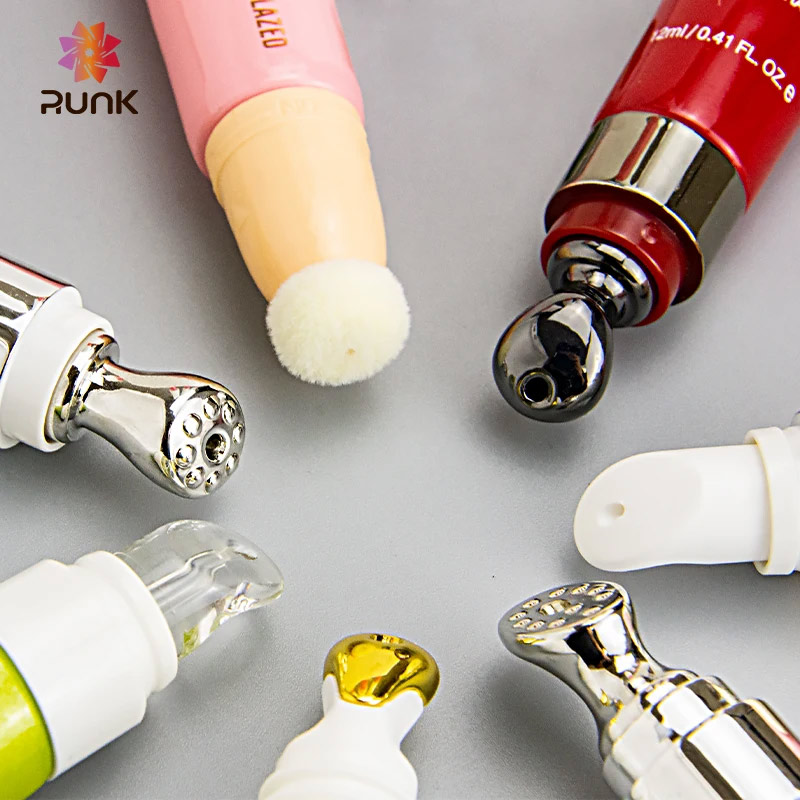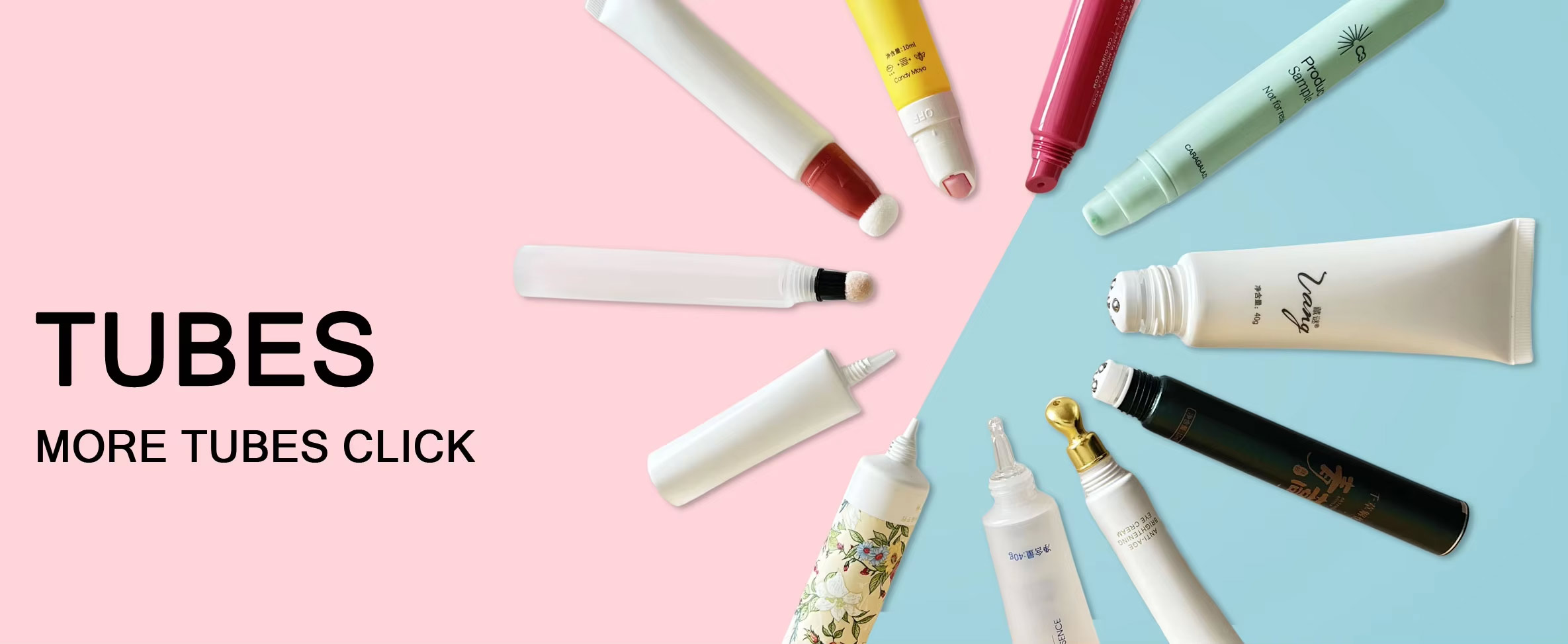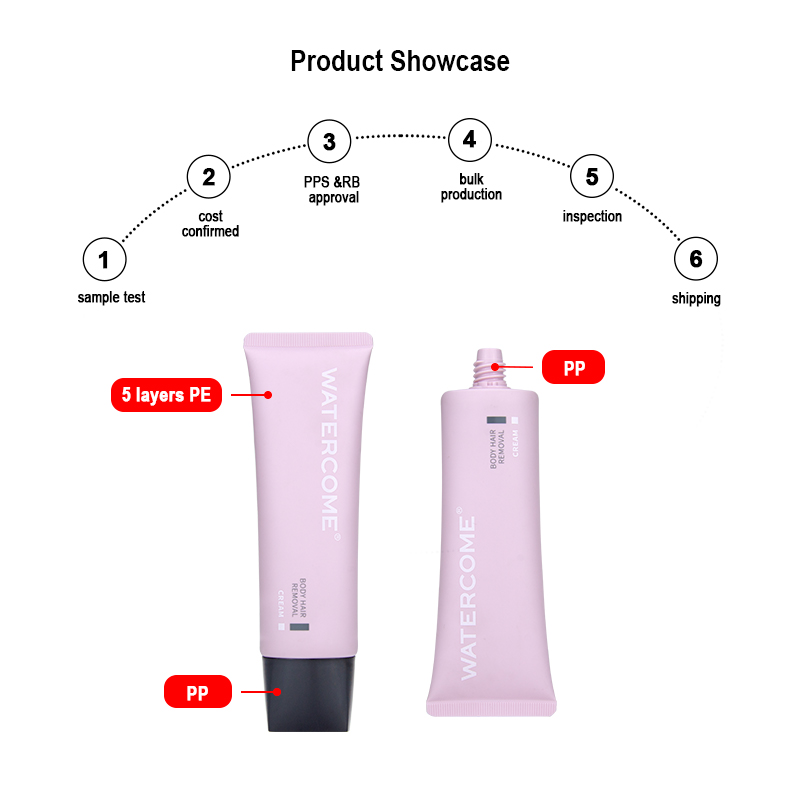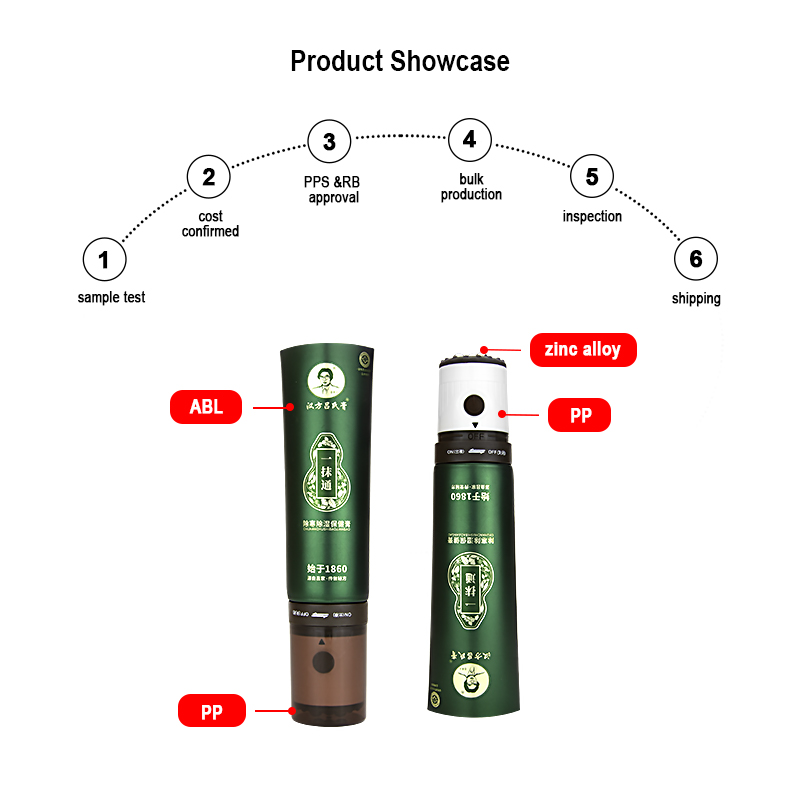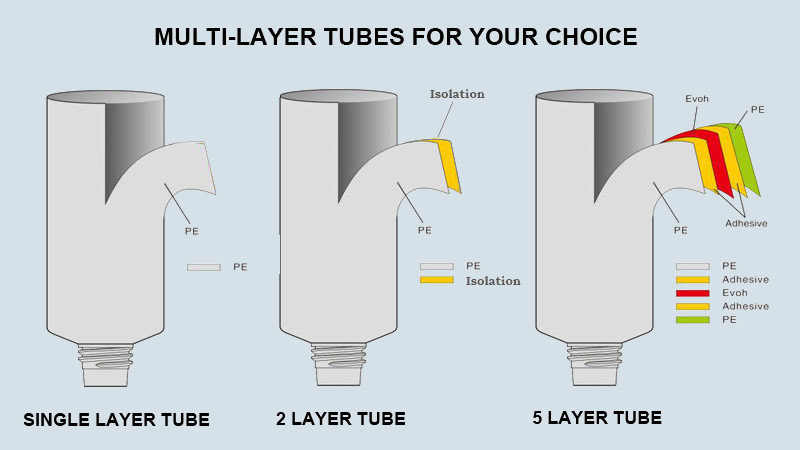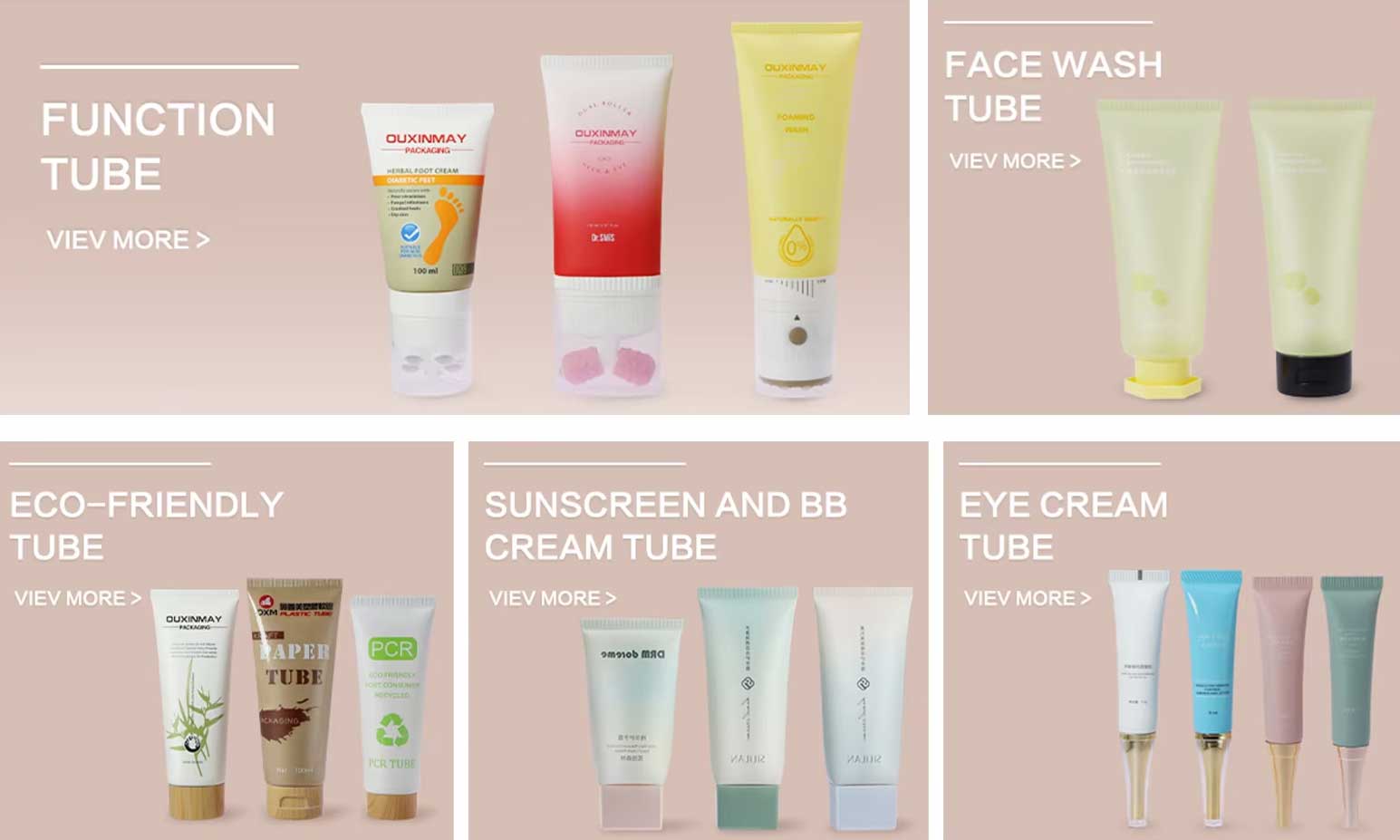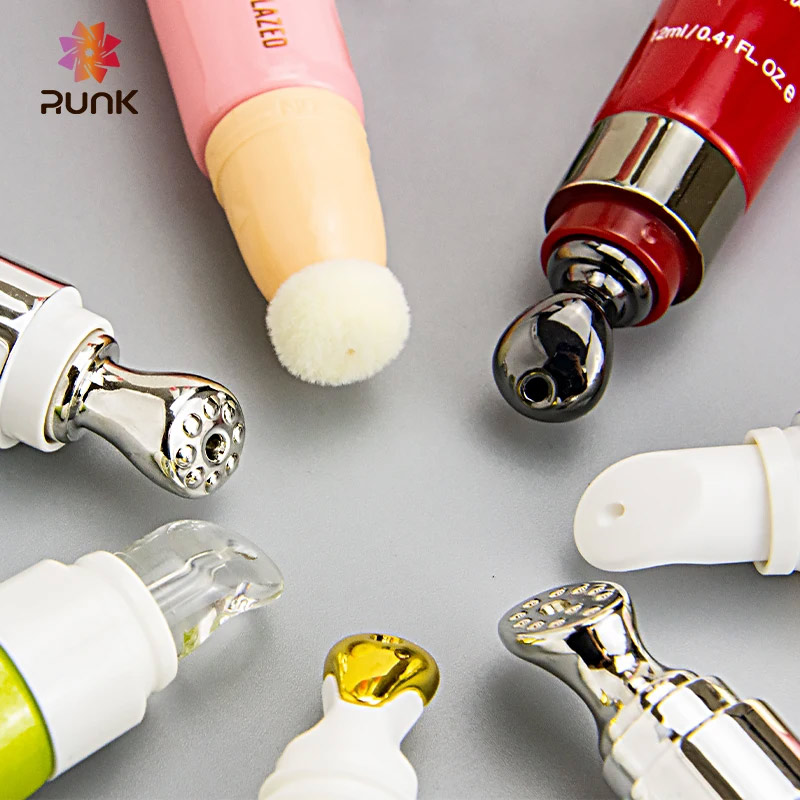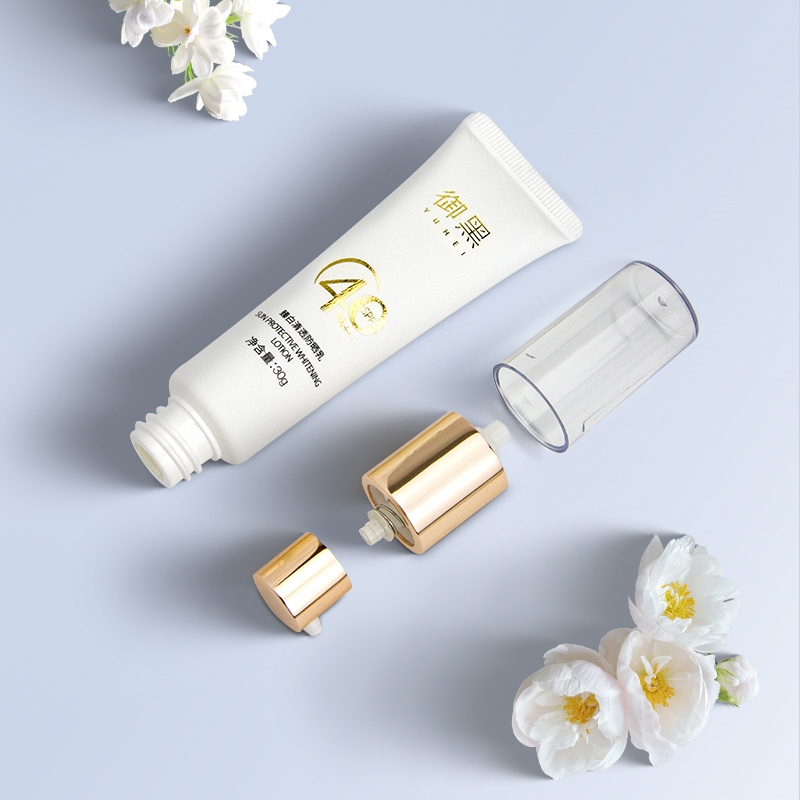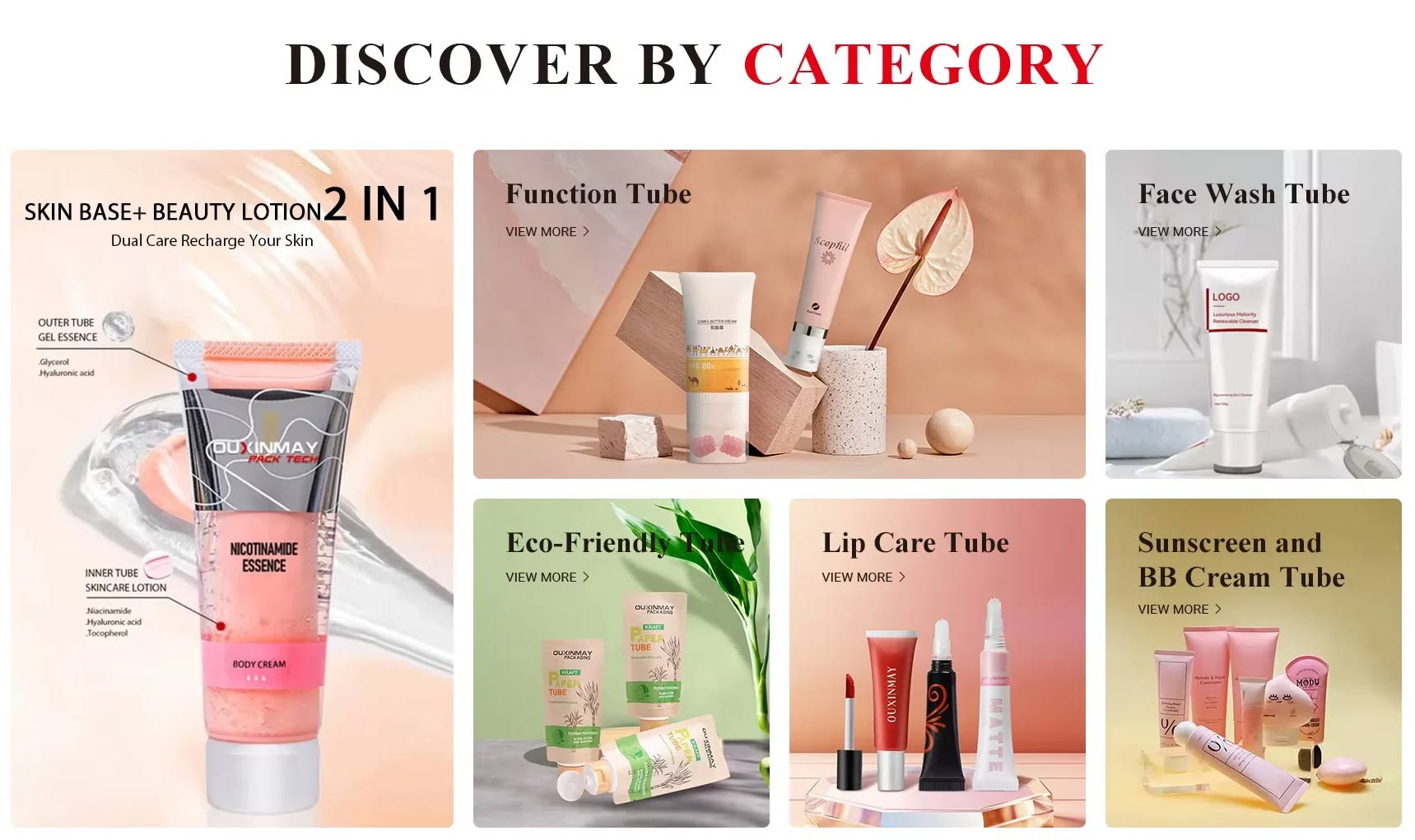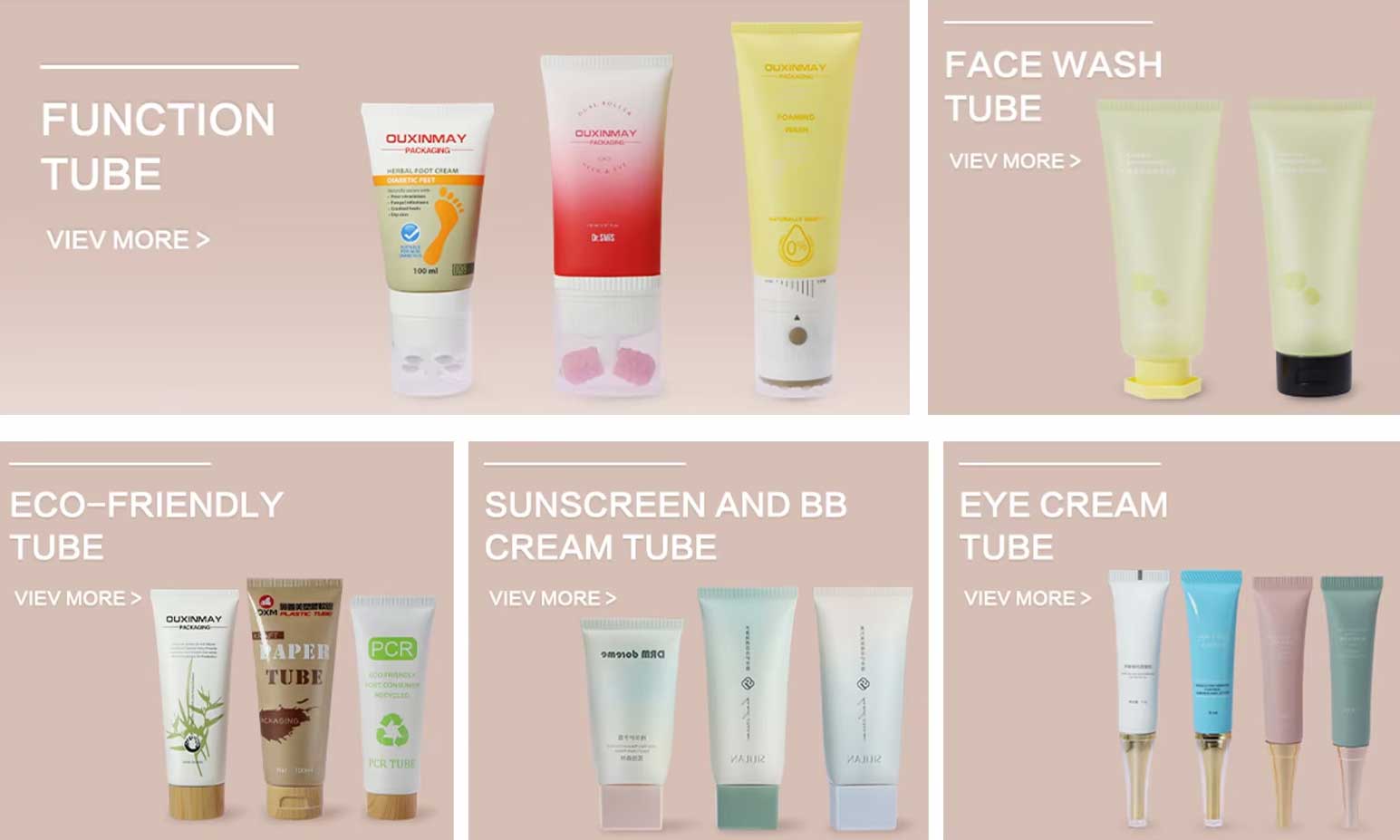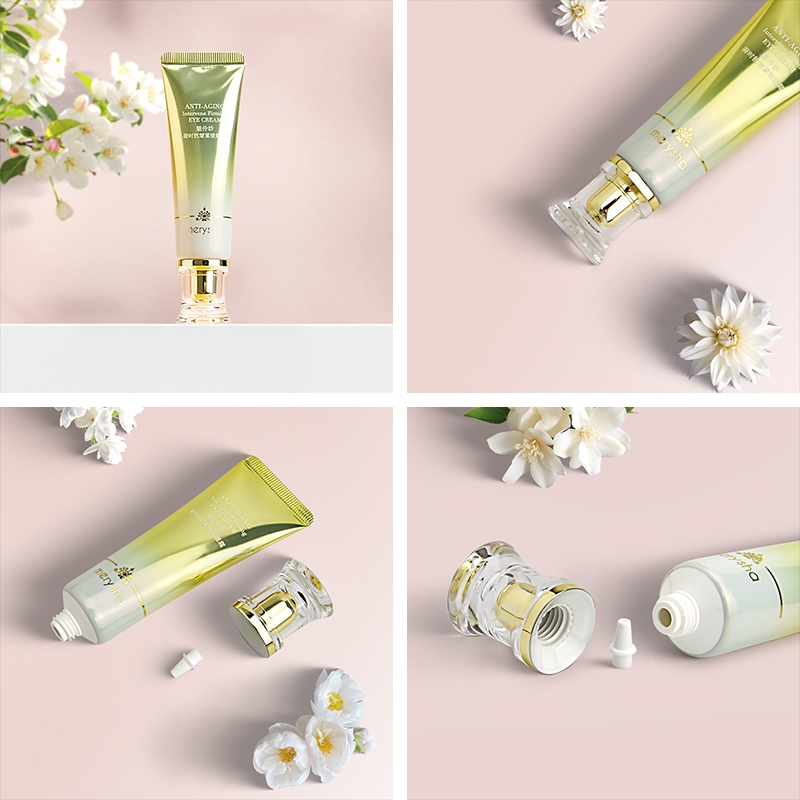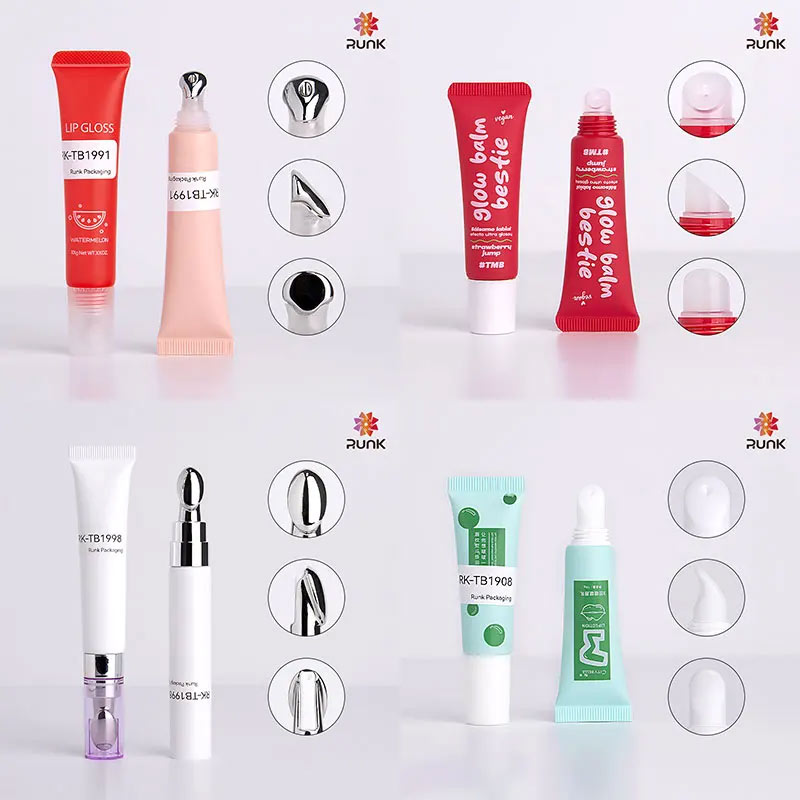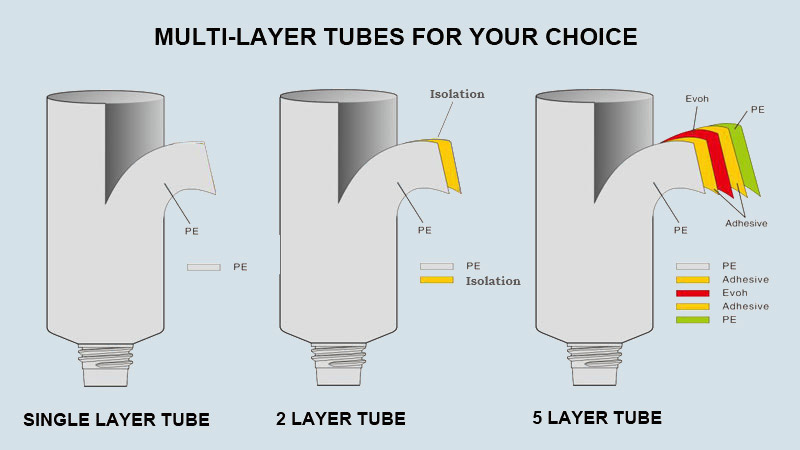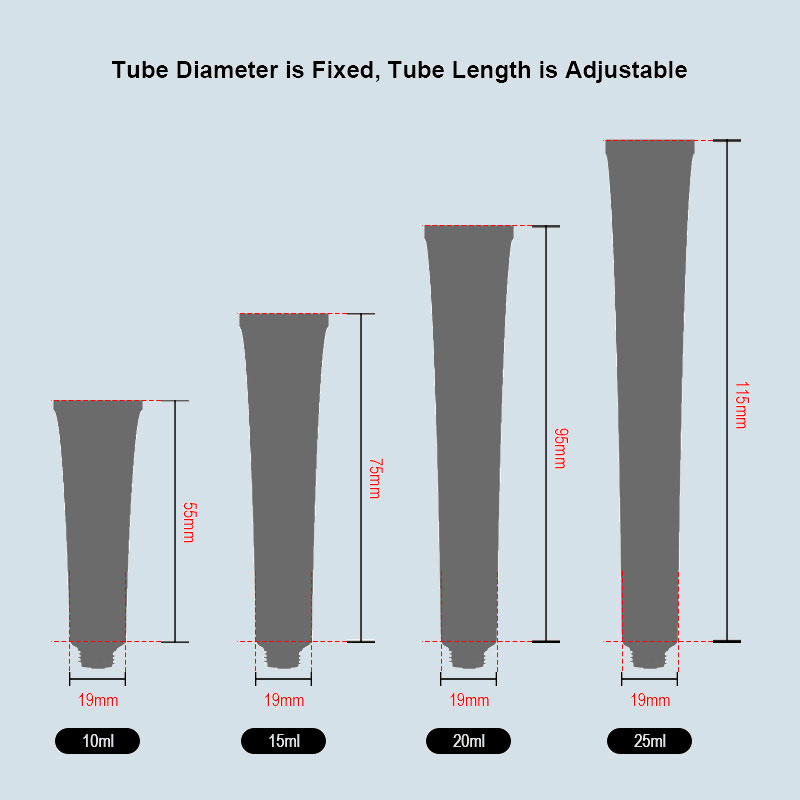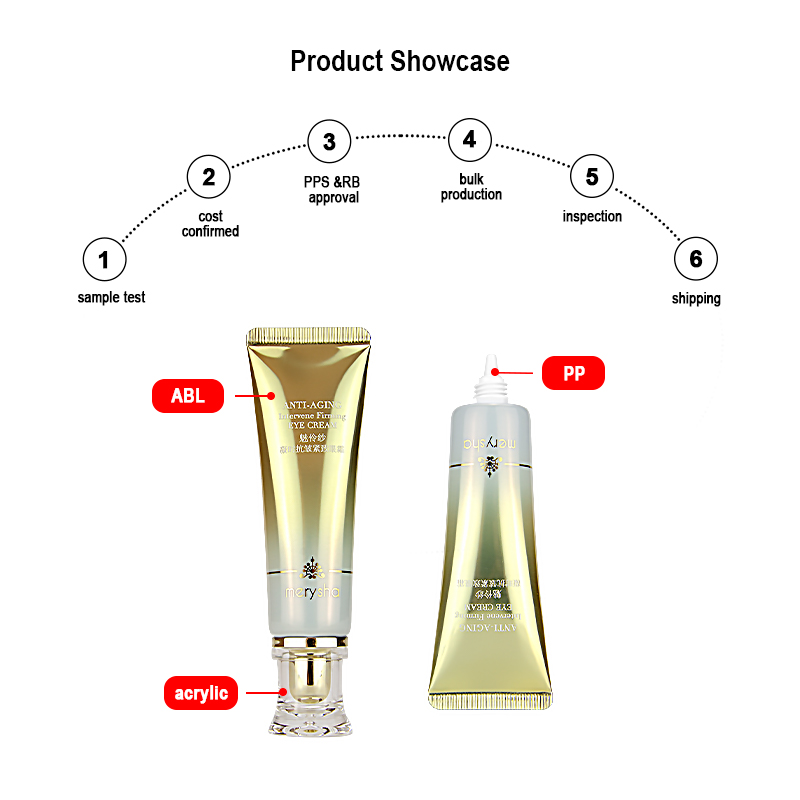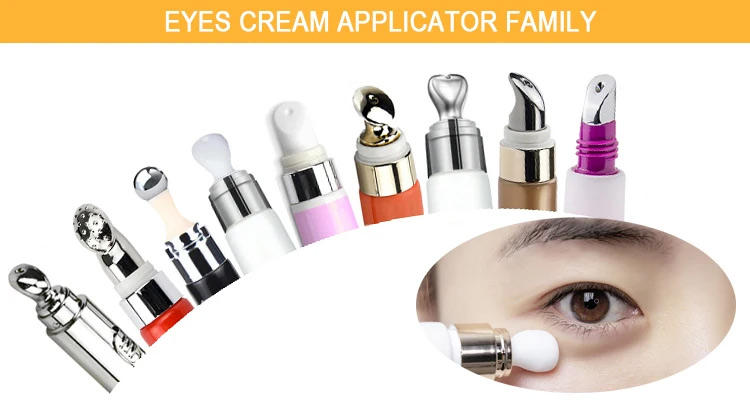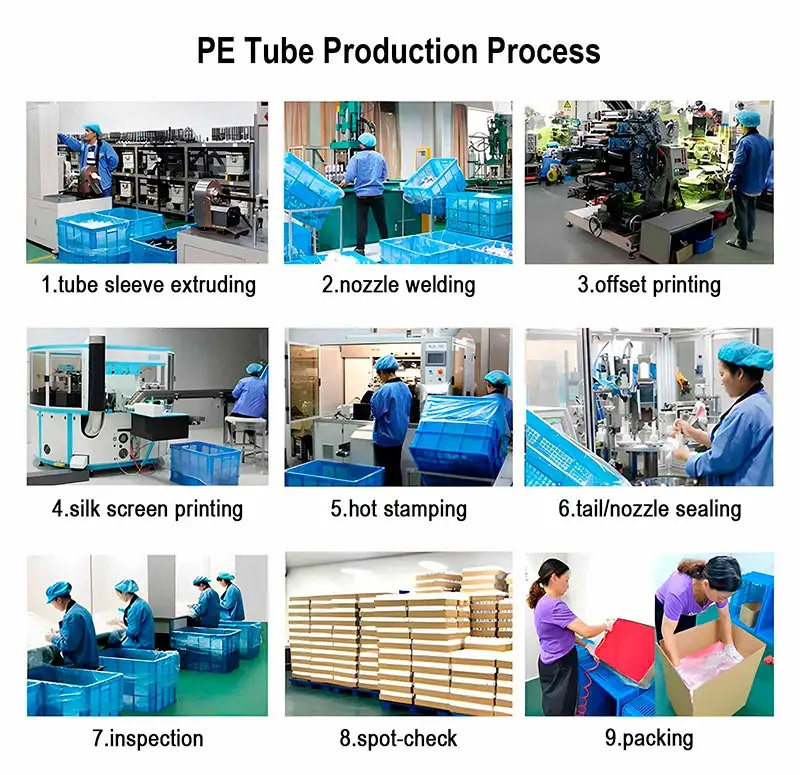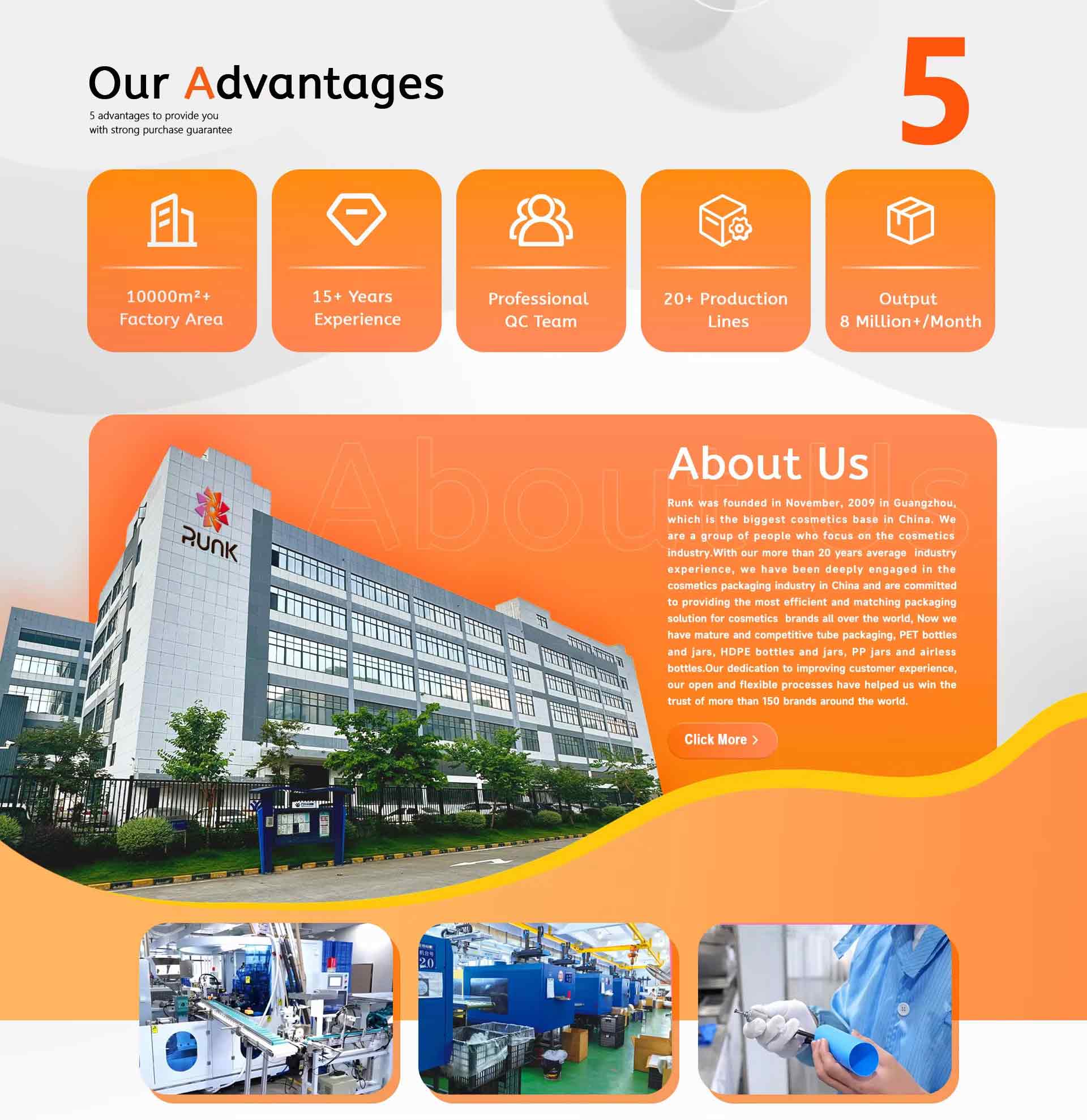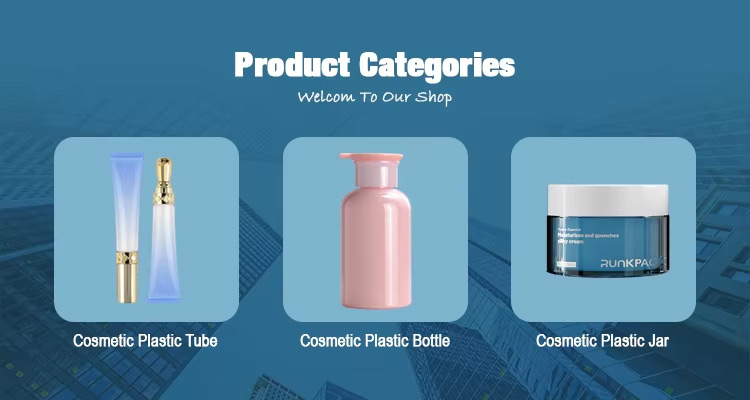Premium Cosmetic Packaging Solutions for Global Beauty Brands
Premium Cosmetic Packaging Solutions for Global Beauty Brands
At Runk Beauty Packaging Company, we take pride in offering top-tier cosmetic packaging solutions tailored for global beauty brands seeking excellence in product presentation and sustainability. Our commitment to innovation and quality has positioned us as a trusted partner in the beauty industry, ensuring that your products make a lasting impact on consumers worldwide.
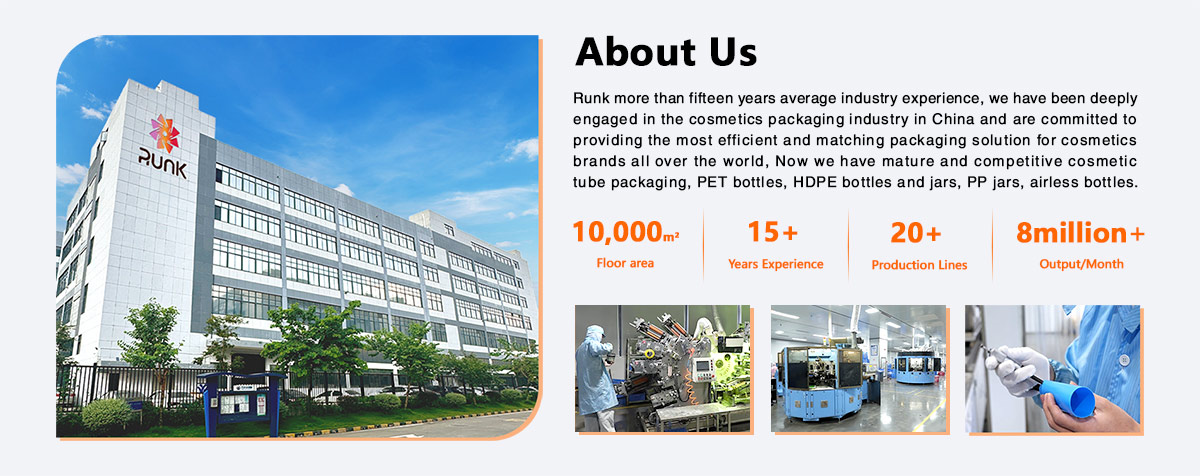
Unparalleled Craftsmanship
Our packaging solutions are a testament to unparalleled craftsmanship, blending intricate design with superior functionality to elevate the aesthetic appeal of your beauty products. Whether you are looking for luxurious containers, sustainable materials, or innovative dispensing mechanisms, our team works tirelessly to bring your vision to life with precision and finesse.
Sustainable Practices
As champions of sustainability, we understand the importance of eco-conscious packaging in today's market. Runk Beauty Packaging Company is dedicated to implementing green practices throughout our production process, offering a range of environmentally friendly options to help reduce your brand's carbon footprint. From biodegradable materials to recyclable packaging solutions, we strive to make sustainable choices accessible to all our clients.
Customized Solutions
Empowering your brand to stand out in a competitive industry, we specialize in crafting customized packaging solutions that align with your unique brand identity and product specifications. Our team collaborates closely with clients to understand their individual needs, delivering tailor-made designs that not only meet but exceed expectations, ensuring that your products command attention on the global stage.
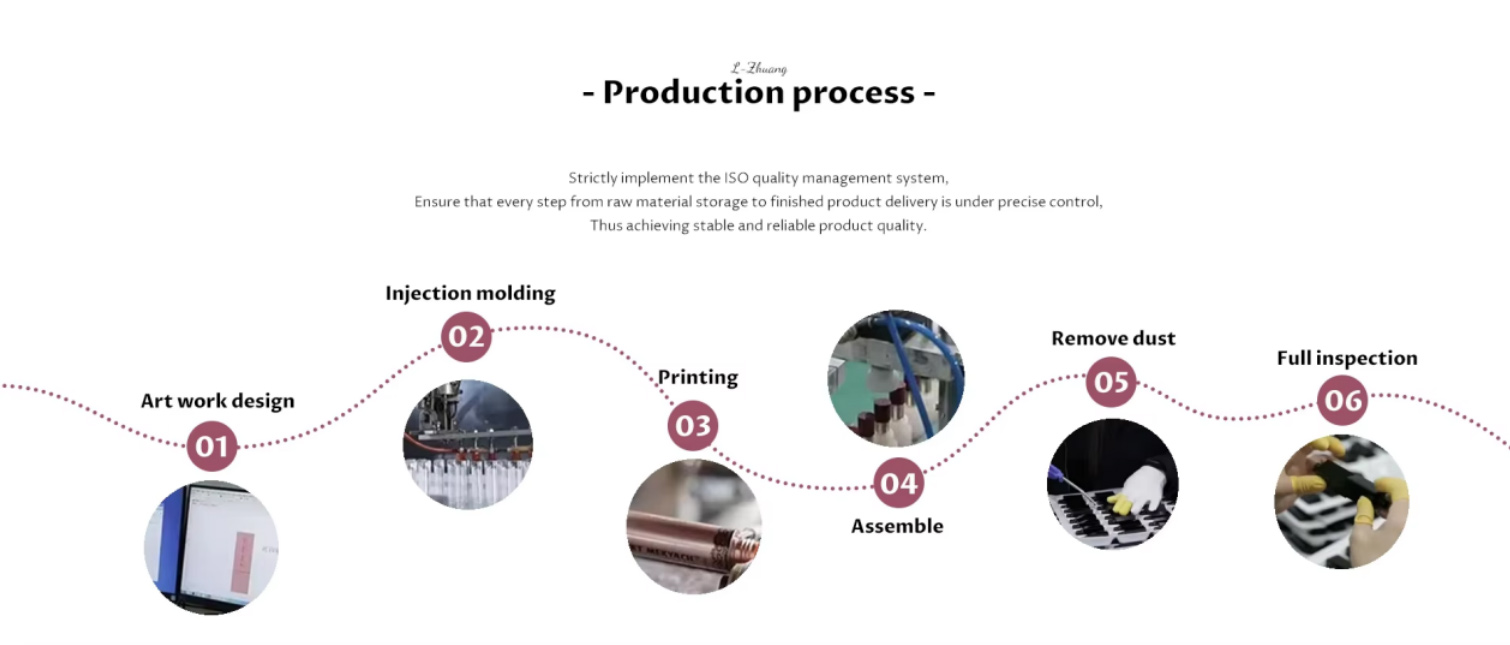
Global Reach
With a presence that extends across borders, Runk Beauty Packaging Company caters to global beauty brands looking to expand their reach and captivate diverse markets. Our international experience and logistical capabilities enable us to provide seamless solutions for brands seeking to launch or rejuvenate their product lines on a global scale, ensuring that your packaging needs are met with efficiency and excellence.
Innovation at the Core
At the core of our philosophy lies a dedication to innovation, driving us to continuously explore new technologies and materials to enhance the quality and sustainability of our packaging solutions. By staying ahead of industry trends and consumer preferences, we empower our clients with cutting-edge innovations that set their products apart, showcasing a commitment to excellence that resonates with modern beauty consumers.
Runk Beauty Packaging Company is more than a supplier; we are your partner in success, dedicated to providing premium cosmetic packaging solutions that elevate your brand and resonate with your audience. Join us on a journey of innovation, sustainability, and uncompromising quality as we shape the future of beauty packaging together.
